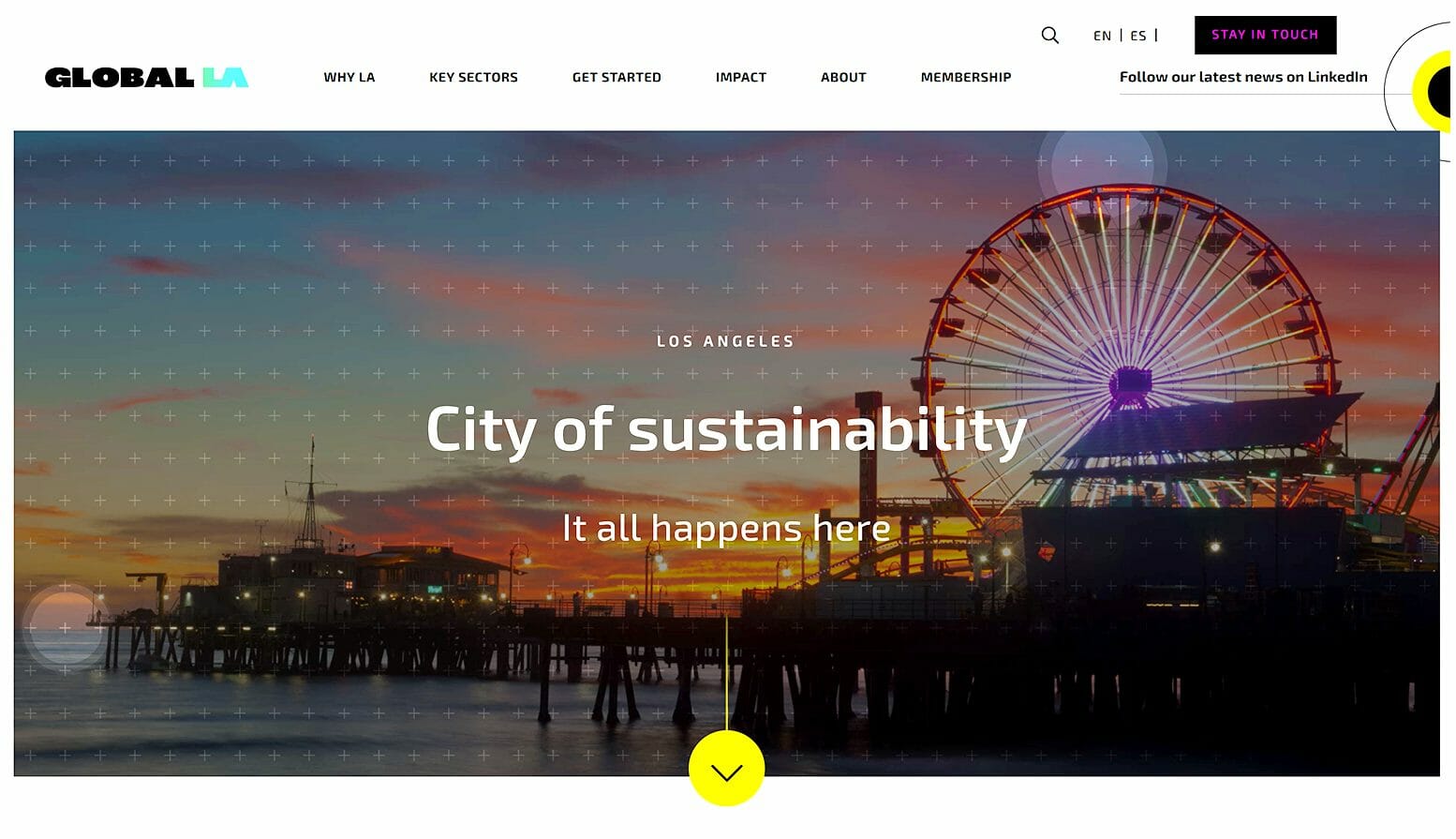21 May ‘19
Common Myths and Facts About Web Design
21 May ‘19
In: Web Design & Development, / By: Ripe Media
In your quest for that amazing website that will bring business flooding in, don’t overlook these common myths and facts about web design.
Gone are the days when someone tells us about a business and we say, “Tell me everything! What’s their phone number? How do I reach them?” Today, all we need is the business name and we prefer to Google (or AI-search) them ourselves.
As a customer, that’s a great convenience. As a business owner or manager, though, it adds a lot to your plate. On top of delivering great products or services, you also have to make a strong impression online.
Web Design and Development Are the Same Things
This misunderstanding happens all the time.
Someone meets with a web designer, falls in love with their design, and says, “Let’s build it!” The designer informs them that they’re a designer, not a developer. They’ll need to find someone else to build their site.
A web designer is just that: someone who creates the design for your site. They imagine up the aesthetic look and the features it will have. They make the site engaging and easy to use.
A developer is someone who takes the design and creates the site from it. Think of it as if a web designer is an architect and a developer is the construction crew.
Make sure you understand who you’re hiring. In many cases, your best option is to hire a team that has both designers and developers.
Designers who work with developers have a better understanding of development limitations and abilities. They’re less likely to include features in their design that would be too complicated or expensive. In addition, a developer who works with your designers can better accommodate the necessary design changes that come up during development.
A Website Is a Good DIY Project
DIY website builders are an emerging trend. They can be great for individuals who want portfolios. However, they’re not meant to support large businesses.
While the builders themselves are often free, you can’t put them to use for free. For the site to go live, you’ll need to use those companies’ hosting which costs more than you would pay elsewhere.
On top of that catch, DIY website templates have few customization options. If you want unique features or a style all your own, it may be difficult or impossible with these sites.
Design for Desktop First, Mobile Second
Most businesses are behind the times when it comes to prioritizing their website. They use the philosophy of, “Let’s make it look great on desktops, and find a way to make it work on mobile second.”
The truth is that 57% of all web traffic comes from mobile devices. The majority of your users will see your site on a mobile device so mobile functionality should be your top priority.
On top of this, Google has an extra incentive for you. They determine search result rankings based on mobile functioning, not desktop functioning. In other words, if your site doesn’t run well or look great on mobile devices, your search engine optimization will suffer.
A Live Website Is a Finished Website
A website is never finished. The internet is always changing, improving, breaking, and repairing. You need your site to keep up.
Many companies’ sites use plug-ins instead of re-creating complex features from scratch which would be expensive. These plug-ins will have occasional updates you need to watch for and install.
We won’t even get into the importance of updating your site’s content on a regular basis.
In addition, you always want to put your best foot forward for your business. That means keeping your site’s look fresh and up-to-date.
“Mobile-Friendly” and “Responsive” Mean the Same Thing
Many people use these terms interchangeably, but that isn’t always accurate.
A responsive website is one that optimizes everything based on the size of a user’s window. Text and images always look proportionate and all the functions work smoothly. This allows for the most seamless and professional experience.
When someone says a site is “mobile-friendly,” this just means that it’s compatible with mobile devices. That could mean the site is responsive or it could be using the old method of having separate desktop sites and mobile sites.
As you look for a web design and development team, make sure that they will give you a responsive site. If they keep it vague and will only say the site is “mobile-friendly,” you may not be getting the best option.
The More Money I Pay, the Better My Site Will Be
They say that “you get what you pay for.” In web design and development, that isn’t always true.
Websites can come with a wide range of price tags, and those prices don’t always reflect what you’re getting.
It’s similar to the message Payless Shoe Source delivered in an ad campaign last year. They set up a fake designer shoe store to see if customers would be willing to pay $600 for shoes that cost $20 or $30, solely because they thought they were from designers.
Just because something has a high cost doesn’t mean it’s worth it. Don’t expect to get a quality site for $300, but you also aren’t guaranteed a quality site if you spend $3,000 either.
As you look for designers and developers, shop around. Review their past work, interview them and read testimonials or speak to references.
When My Website Is Live, It Will Pay Off Immediately
You wouldn’t launch a new product without advertising it and expect sales to take off. Why expect this from a website?
Part of the investment of a new website is marketing it. Digital strategies like pay-per-click ads, email marketing, and social media marketing can get the word out there. It may cost more on the onset but it will help your marketing costs and web development costs pay off.
Finding the Balance
Chances are that after reading this, you’re saying, “web design and development is more complicated than I thought.” You’re probably right. Your website is one of your most essential branding tools, so you shouldn’t take it lightly.
The key is finding a team that can offer you the whole process from start to finish. We’re talking about web designers, developers, and marketers all working together with your one vision.
If you’re ready to get the ball rolling, call our Ripe team today to schedule a meeting.
















